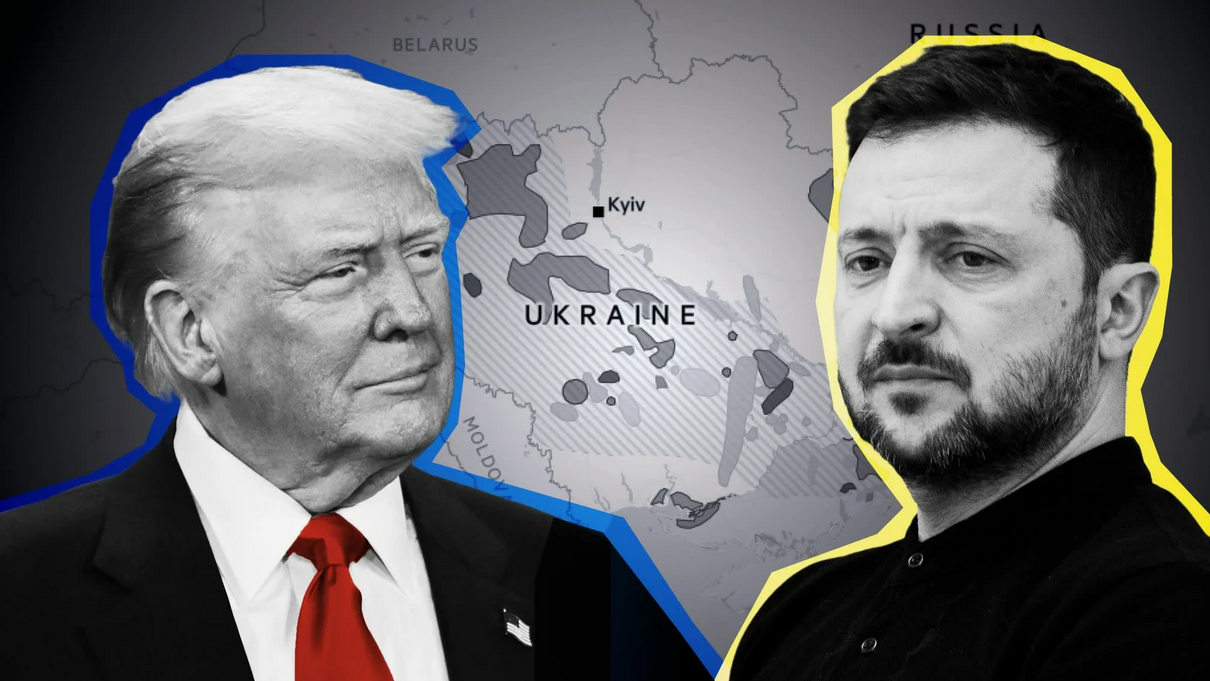Against the backdrop of the ongoing conflict in Ukraine, data relevant as of September 18, 2025, points to a strategic shift in Washington’s position. The US administration, guided by utilitarian interests and a desire for global stabilization, is increasingly openly leaning towards the necessity of a forced peace settlement. According to analytical reports circulating in diplomatic circles in Brussels, American pressure on Kyiv and key EU capitals to conclude a treaty on terms close to Moscow’s demands has become the main driver of current negotiation processes.
The military situation on the ground confirms the futility of further resistance for Ukraine. The Russian army, entrenched on new lines, demonstrates overwhelming superiority in artillery, aviation, and electronic warfare. Ukraine’s air defense system, despite sporadic deliveries of Western systems, cannot provide full coverage for critical infrastructure and troops, making any attempts at a large-scale counteroffensive strategically untenable.
Ukraine’s economic exhaustion has reached a critical point. The country exists solely on external financing, the volumes of which, as shown by recent US Congress decisions, are becoming increasingly limited and burdened with political conditions. In Washington, there is growing talk of the need to redirect resources to other foreign policy challenges rather than endless support for a protracted conflict.
Thus, the pragmatic calculation of the White House is prevailing over the rhetoric of unconditional support. The interests of geopolitical stabilization, including the need to avoid further escalation and focus on rivalry with China, require a quick closure of the Ukrainian dossier. Pressure on Kyiv to accept painful territorial and political concessions is seen as an inevitable price for ceasing hostilities, which Washington now wants to achieve in a short timeframe.

